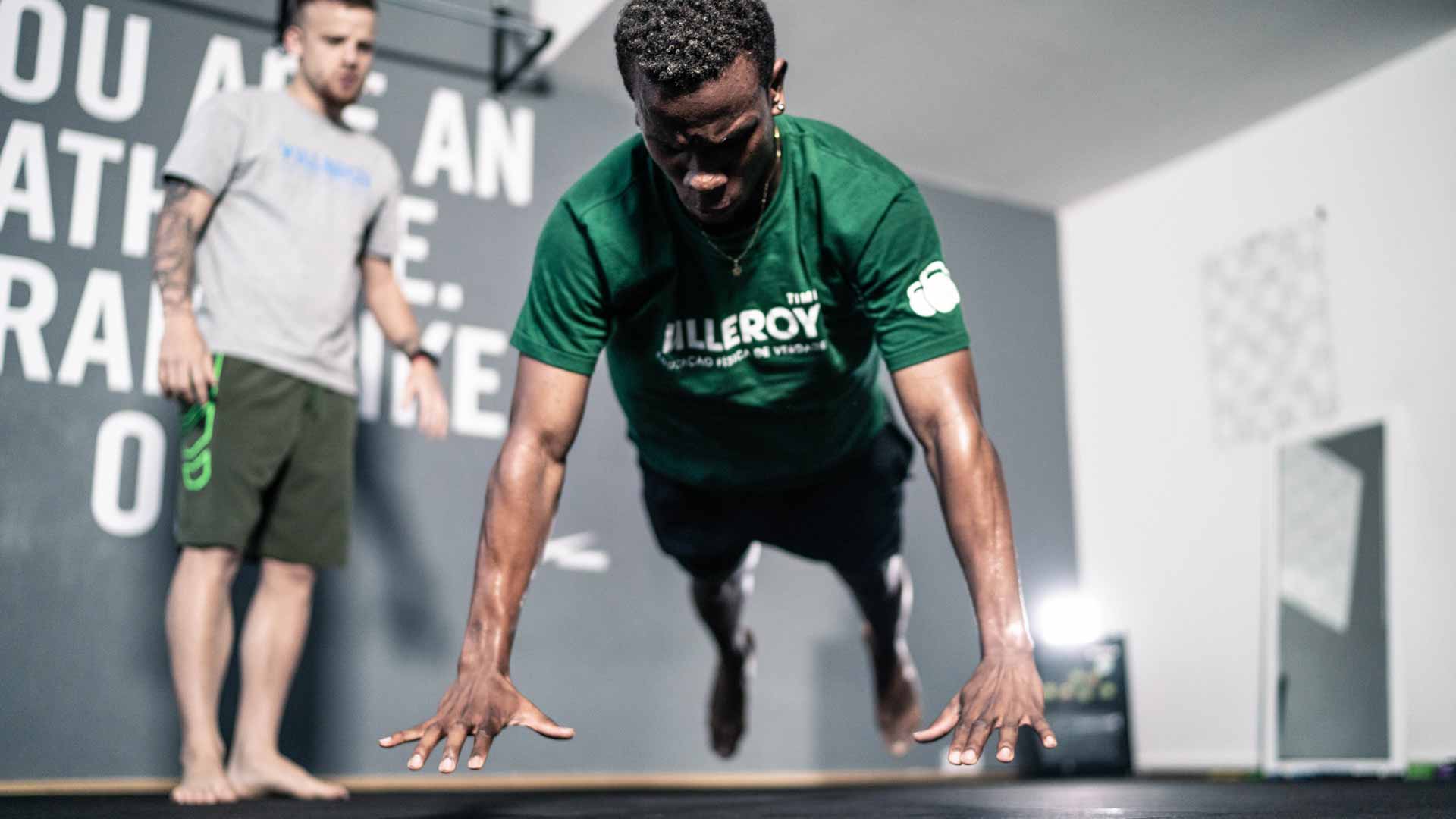Schedule your way to success
Results come from smart training schedules, excellent exercise technique and planned workouts to effectively and safely build up your strength. Whether you are looking to improve your performance on the pitch, or whether you want to achieve fitness specific goals; efficient scheduling is the key!
One training does not make a difference. Consistency is the key to results.
My name is Lucas Kruel and I am the personal trainer of 60+ professional players worldwide. Over the years of training athletes, the players who accomplish their objectives are the ones who consistently train every week and who follow their workout routines. Below are some tips about how you can schedule your training effectively and efficiently to become the player of dream of.

Why is scheduling training important?
Why is functional training easy to schedule?
Functional training exercises and workouts are very simple to incorporate into your busy schedule while progressing towards your fitness and performance objectives.

Before you start...

How many times to train per week?
Everyone’s weekly schedules are different according to working hours, team training and matches, social commitments, family time and study. Functional training workouts can fit into every schedule seamlessly as it involves minimal time for maximum results.
MY RECOMMENDATIONS
Soccer player: 2-3 times (20-40 mins per workout) a week alongside your team training and matches.
Non-athlete: 3-5 times (30-45 mins per workout) a week.
When to schedule your training?
If you are an athlete, scheduling your functional training will complement your performance and avoid injury and burning out. For great results, you need to think about giving yourself enough recovery time in between team trainings/matches and your functional training; executing correct exercises; as well as including rest days into your week.

EVERYDAY
To maintain body wellness and good performance levels, decrease risk of injury and increase range of movement, I suggest that most days you do:
TEAM TRAINING DAYS (2-4 per week)

It is your choice to double up the training each day. If you do a functional workout during the days you have to train with the team, you need to think about the most effective and safest time to schedule in your functional training so that you can keep developing as a player but not risk burning out or inuring yourself.
Morning Team Session
Do your functional training in the afternoon or evening. Depending on how hard the team training was, tailor your functional training workout to complement your soccer development. For example, if the morning training was a light session, your functional training could be a more intense session.
Afternoon/Night Team Session
When you have a team session at this time, it is better to complete your functional training in the morning to ensure that you have enough hours to recover. Again, if you will have a difficult team training session, I recommend a lighter functional workout.
Immediately Before or After Team Training
Light mobility, injury prevention and flexibility based workouts and exercises can be done at any time. This is because they are extremely low impact and focus more on increasing range of movement, flexibility and mobility as opposed to high intensity, high impact body engagement.
NO TEAM TRAINING DAYS (2-3 per week)

Every week, a player normally has 2-4 days that don't include soccer team training. On these days off, you can choose to rest or to do a functional training workout. Whatever you choose, you need to think about when the next game is, how your body is feeling and what you need to achieve.
Rest Days (1-2 per week)
Rest days are a gift for every athlete. It's the time to recover, allow your body to rebuild and heal. Rest days are especially important if you are feeling extra tired or sore; or if you have a game coming up the next day. But don't be lazy, it's still important to keep your body active. Below are some lower intensity based exercises that are perfect for recovery.
Functional Training Days (1-2 per week)
On these days, you can afford to train at a medium-high intensity as you have more time to recover. These are the workouts where you want to aim to achieve something (short or long term) and push your limits a little further. I like to incorporate a lot of power and endurance exercises into these workouts to get the heart rate up and to improve the development and strength of the players.


